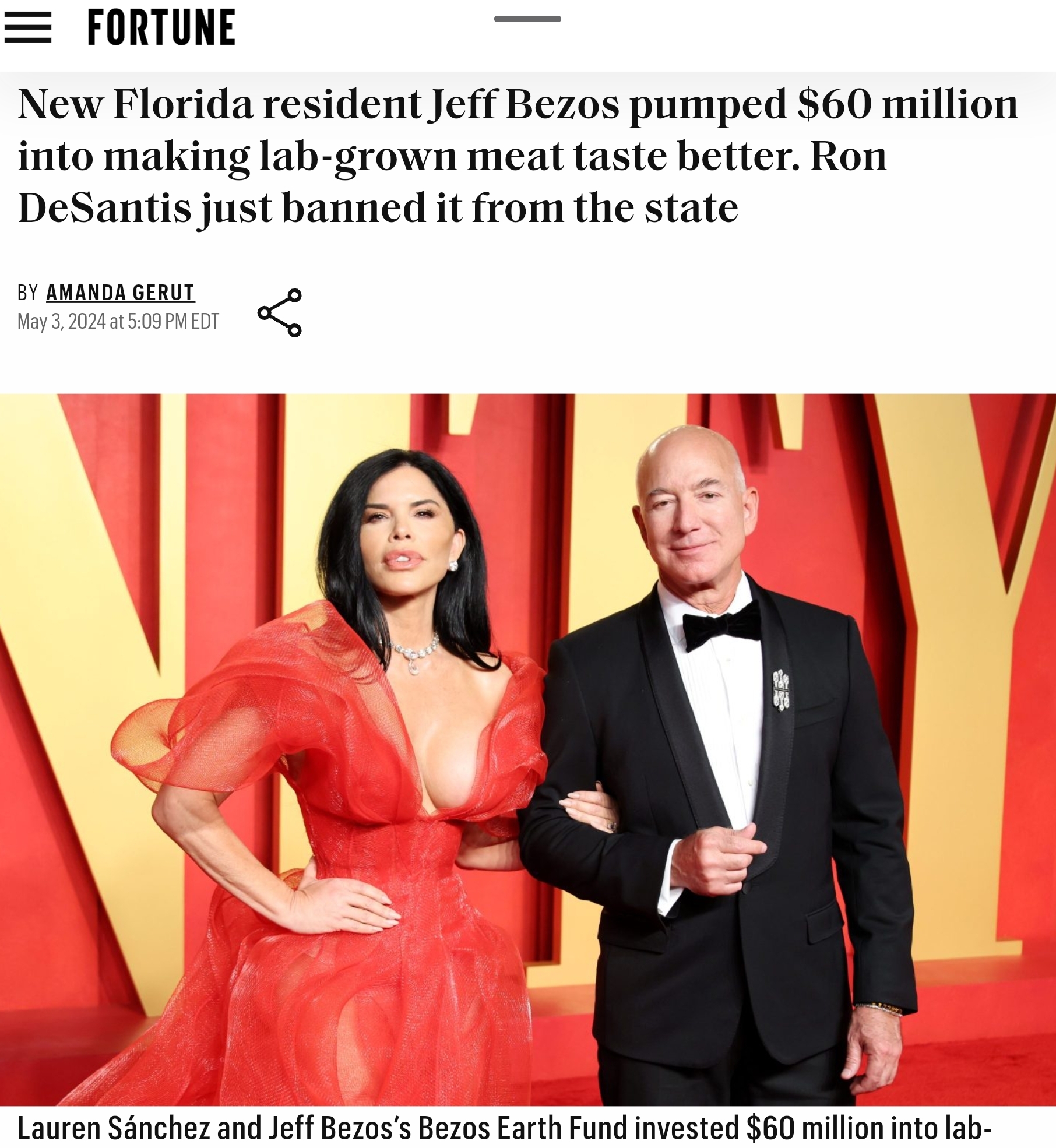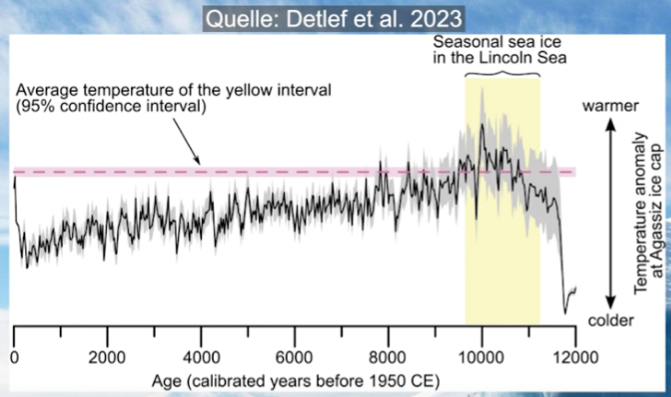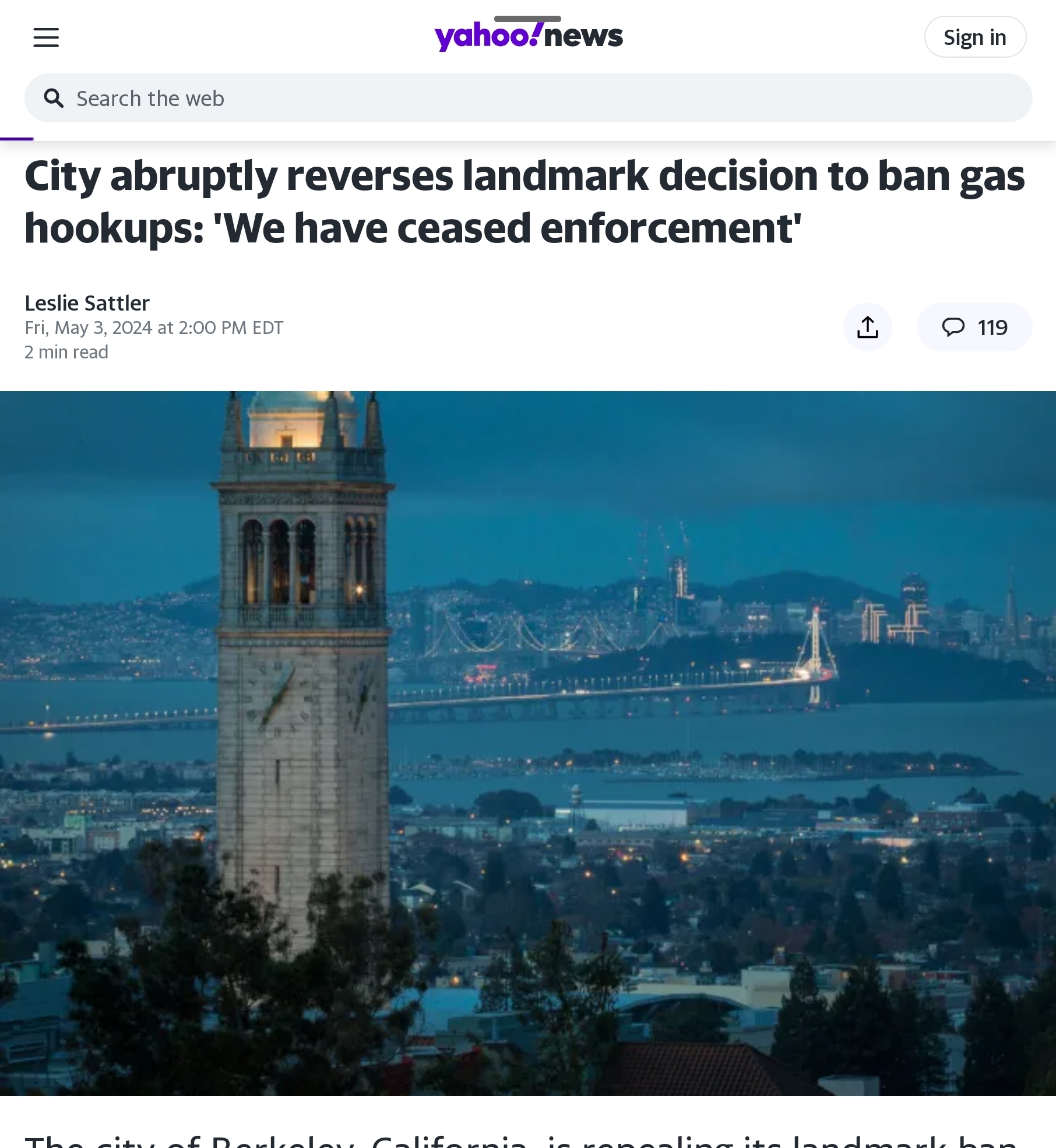In President-elect Donald Trump’s “Contract with the American Voter,” a “100-day action plan to Make America Great Again,” Trump outlines several measures he says he will undertake to create jobs and economic growth. While much of the agenda Trump proposes will help to improve the economy while also leaving reasonable environmental protections in place, I believe there are two additional environment-related policy changes Trump should take to jump-start the economy.
In a September 21, 2015, appearance on Hugh Hewitt’s radio show, Trump said, “I’m not a believer in man-made global warming. I mean, Obama thinks it’s the number-one problem of the world today. And I think it’s very low on the list. … We have much bigger problems.”
If these comments accurately reflect Trump’s views, one important step he could take to undo the damage done by the Obama administration’s vainglorious attempt to control the weather would be to reverse the Environmental Protection Agency’s determination carbon dioxide is a pollutant endangering public and environmental health, a decision known as the “endangerment finding.”
The endangerment finding came about in response to a narrow 5–4 Supreme Court decision in the 2007 case Massachusetts v. EPA. In that case, a majority of the justices ruled if the EPA determines carbon-dioxide emissions are causing global warming and global warming may reasonably be expected to endanger public health or welfare, the EPA has the authority to regulate carbon dioxide as a pollutant. In fact, the justices ruled the EPA would be required to regulate carbon dioxide under such a finding, unless it can provide a reasonable basis for not choosing to regulate CO2.
Relying on unsubstantiated projections produced by the U.N. Intergovernmental Panel on Climate Change, the EPA determined carbon-dioxide emissions from cars and industry threaten human welfare, which led directly to the EPA’s decision to limit such emissions. For instance, the endangerment finding was the basis for the ratchetting up of automobile fuel-economy standards, which could soon reach levels that will effectively rob consumers of the ability to choose the vehicles they drive, by either forcing all but the smallest cars off the roads or, at the very least, making larger cars and trucks too expensive for all but the relatively wealthy to drive.




